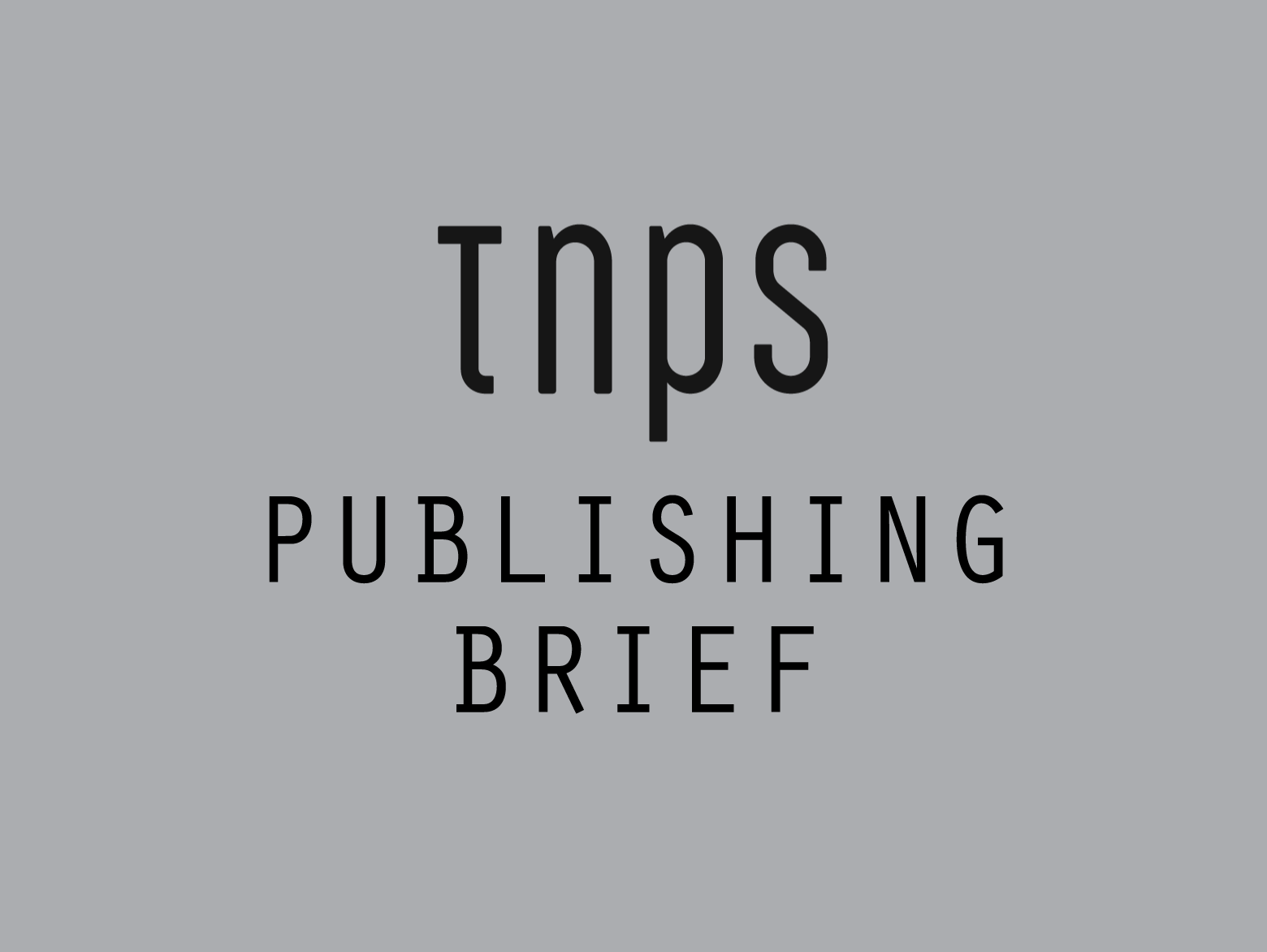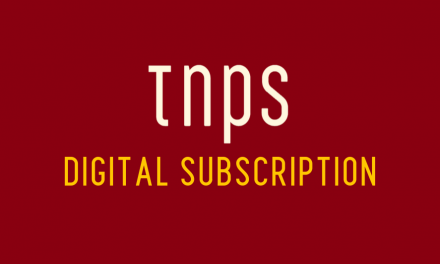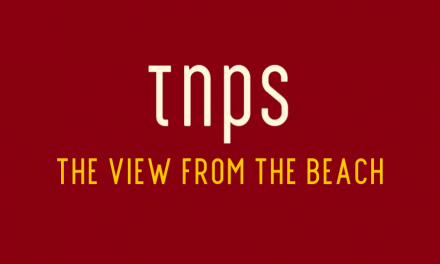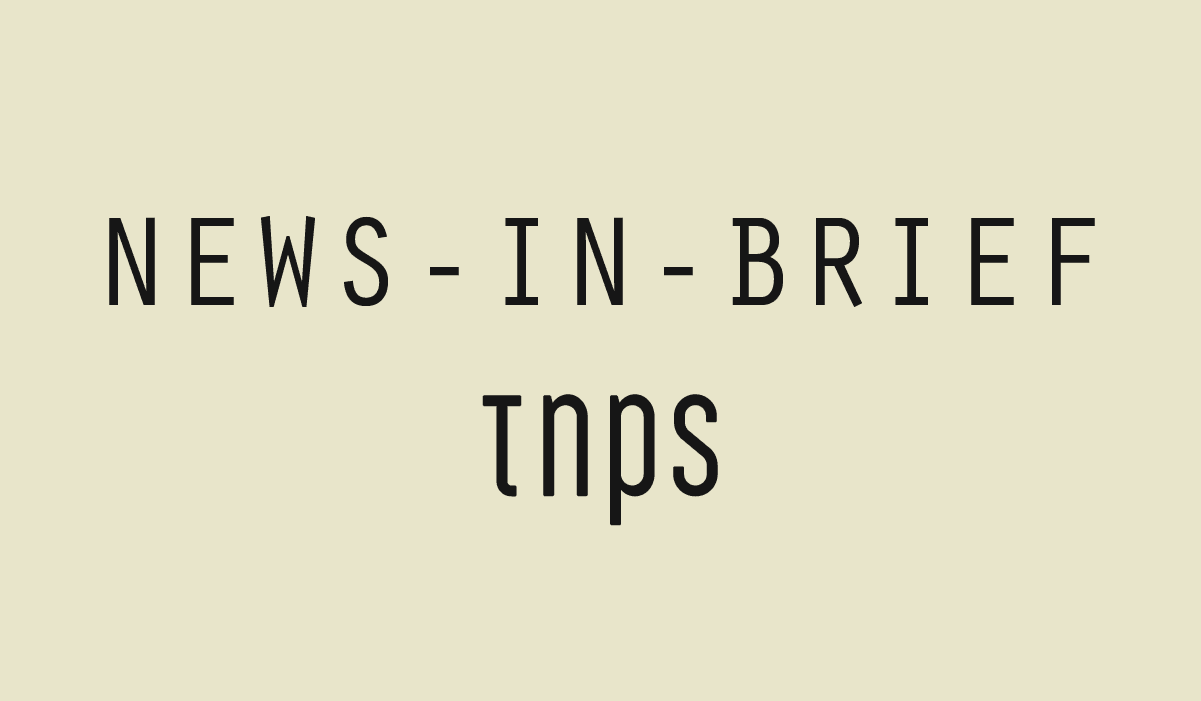It will have surprised few that, for the second year running, the StatShot Annual Report of the Association of American Publishers has reported online retail exceeded bricks & mortar stores in delivering revenue to member publishers.
And taking a step back, if we allow that most AAP member publishers have a lot of investment in bricks & mortar retail and most outside the AAP have a tilt towards online retail, then the balance in online retail’s favour will be even more stark.

In an ideal world that would not matter much. A sale is a sale. A reader is a reader.
But given the dominance of one retailer in the online retail sector, both for print and digital books, the latest report will be met with less than complacency. You don’t have to be rabidly anti-Amazon to understand that the publishing industry’s best interests are served by having a more balanced competitive environment.
But for all that, there are many reasons to be cheerful as we digest the new AAP assessment.
In an excellent summary of the StatShot report by Porter Anderson over at Publishing Perspectives, it is noted:
In its StatShot Annual Report for Calendar Year 2018—issued late on Friday (June 21)—the Association of American Publishers is estimating US$25.82 billion in revenue made by the US book publishing book industry, representing a total 2.71 billion units.
Anderson picks out one particular element from the report that he believes,
reinforces a growing understanding that while much about the digital transition in publishing has been accepted by many in the industry, the impact of digital dynamic on sales may be only starting to reveal its force.
“For a second year,” the AAP’s material tells us, “publisher sales to online retail channels exceeded sales to physical retail channels with sales to online retail at $8.03 billion and sales to physical retail at $6.90 billion.”
In other words, the genie is out of the bottle, and it’s improbable we’ll ever see bricks & mortar retail regain the ascendancy.
That of course does not mean print is dead. If anything just the opposite. Online retail allows more printed books to be available to more consumers and (in the USA at least) the delivery infrastructure is in place to keep the print sector buoyant for as long as consumers are happy to buy print books in significant numbers.
But there are some more interest figures in the latest StatShot report.
Since 2014, publisher revenue for trade books, the industry’s largest category, has increased by about $760 million.
Wait. What? How can that be? We all know everyone is watching Netflix or too obsessed with social media to find the time to read.
Audio, the latest darling of the publishing sector, continues its stellar growth. That will be 28.7 YOY growth, and a growth rate of 181.8 percent over the past five years.
So it’s true. Ebooks are dead and audio is the new black, right?
Well, you might think so from some industry reports, but the reality is the growth of audiobooks, impressive as it is, pales beside the growth of ebooks at the start of this decade, where triple-digit growth was annual, not over five years.
And let’s consider another key statistic here. Audiobooks now account for 13.7% of AAP publisher revenue, against, wait for it, 28% for ebooks.
This despite the fact that many of the AAP’s biggest member publishers deliberately increased the price of their ebooks to deter sales and drive traffic towards print.
At which point we might consider the many publishing sectors not included in the AAP report, but that have a much have dependence on digital and will be adding significantly to both the volume and value of the ebook and audiobook real valuation.
In fact Anderson pulls out a devastating statistic that shows ebooks both declining in sales yet still delivering on its promises. Observes Anderson,
…(W)hile ebooks have been seen as a flagging format in the past five years, the report indicates that the highest percentage of publisher revenue in adult fiction in 2018 still came from ebooks. They held 28.0 percent of the market (as opposed to 38.8 percent in 2014), followed by paperbacks at 25.4 percent (compared to 19.0 percent in 2014).
So much for the death of the ebook.
Sadly we don’t know much about the industry sector not reporting to the AAP, which will include many smaller publishers, self-publishers and of course Amazon’s own publishing imprints.
Anderson notes,
In 2018, for example, the total revenue registered in this StatShot report was $25.82 billion, down from 2017’s figure of $26.23 billion. But even when viewed across five years from 2014 ($27.96 billion), the drop, while steeper, is not precipitous.
Which leaves the big question, is there actually any decline at all, or is it simply that consumers have shifted some of their attention to the options AAP does not track.
Indeed, could it be that actually the overall US market might even be increasing?
We simply have no way of knowing right now.
At one time we were emboldened by the so-called Author Earnings Reports, which later morphed into BookStat (no connection with StatShot) and gave us some extremely controversial and often implausible but always entertaining alternative figures.
Author Earnings had a clear agenda of showing how Big Pub was being undermined by self-publishers and Amazon, and how AAP figures were in terminal decline.

But the man behind Author Earnings, the so-called Data Guy, quietly and conveniently shelved the Author Earnings Reports amid growing concerns that the numbers just didn’t add up, and the replacement operation Bookstat keeps a low profile.






A succinct overview, ahh to get an insight into the sales data of the smaller publishers, self-publishers and Amazon’s own publishing imprints.
Like i said my heart has always been clean n true for you i cant even think how life is gona be with out you n how im gona live it with out you by my side